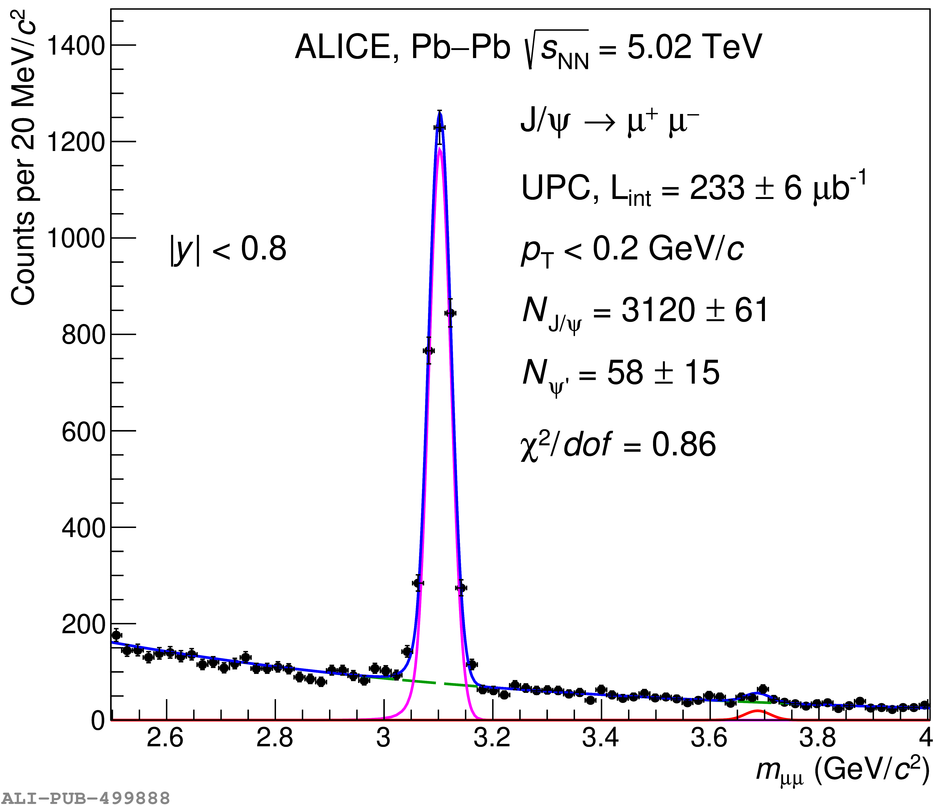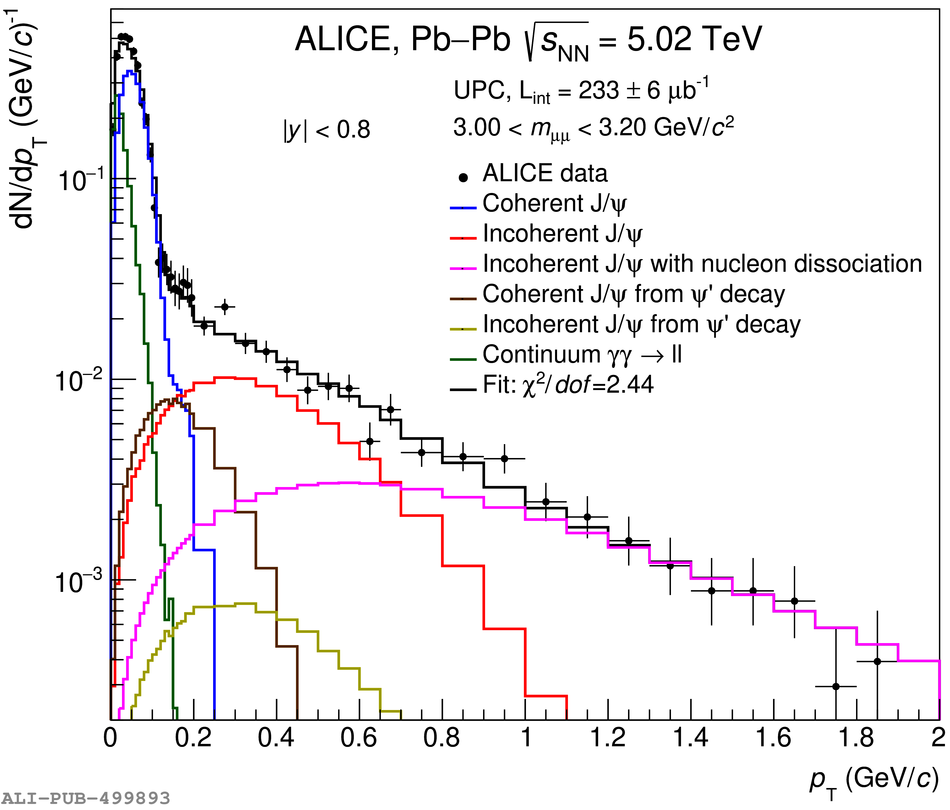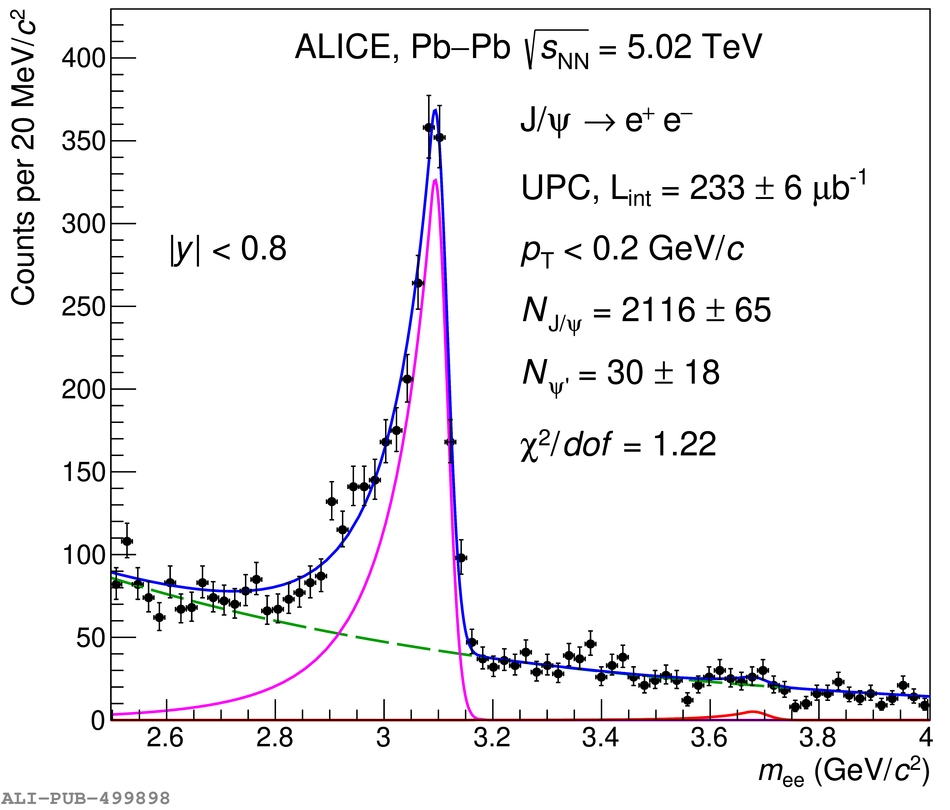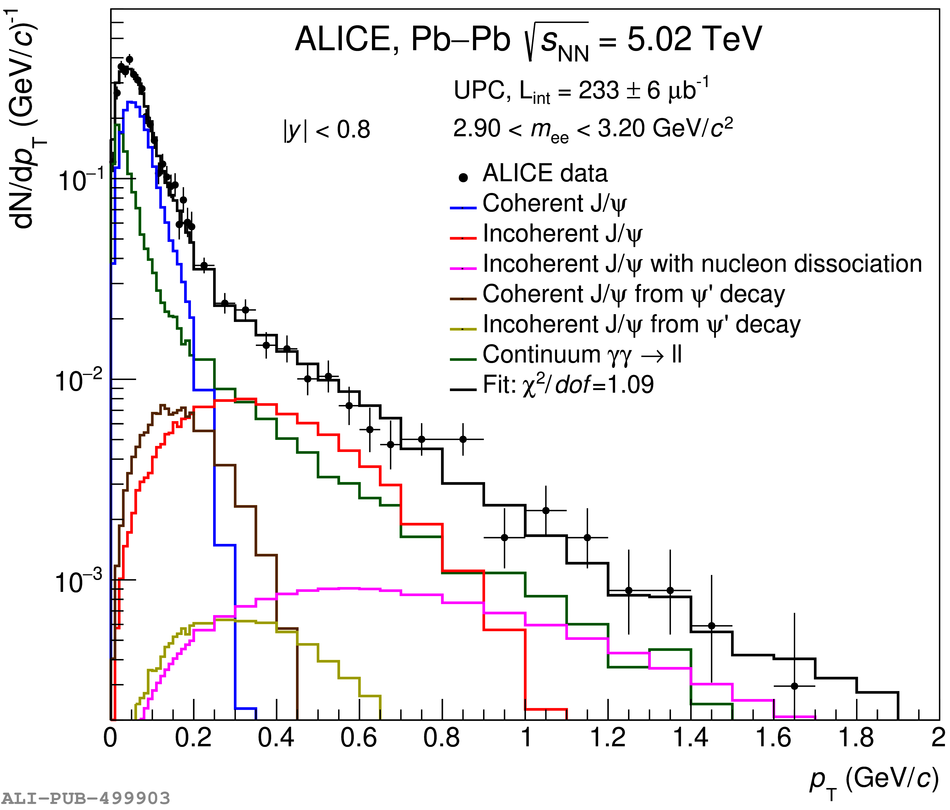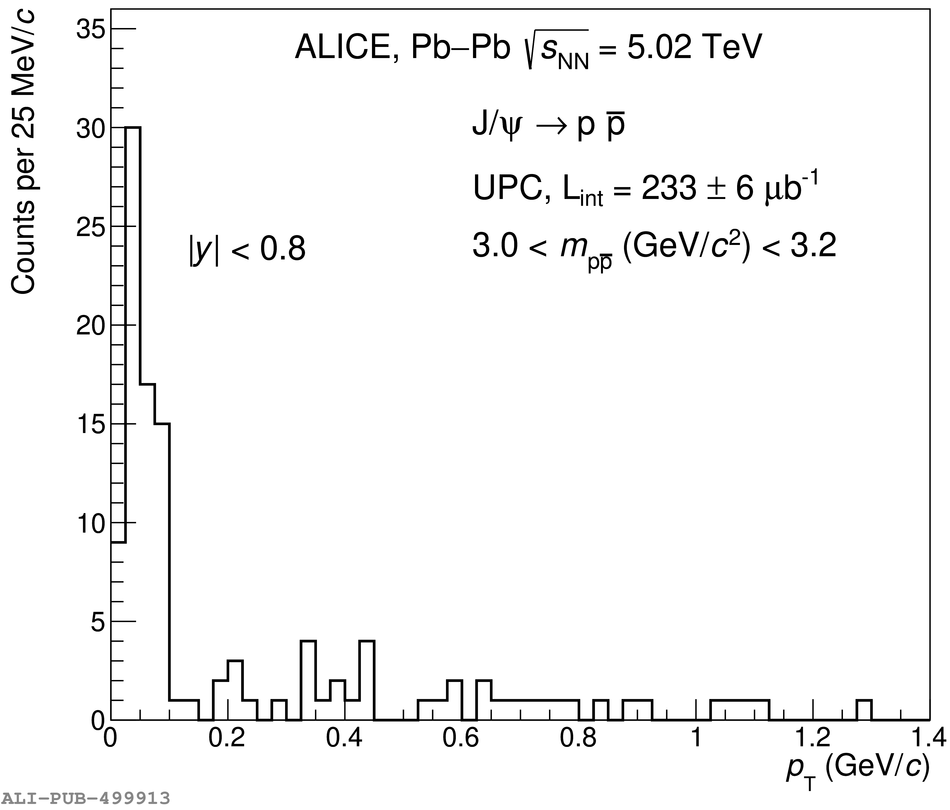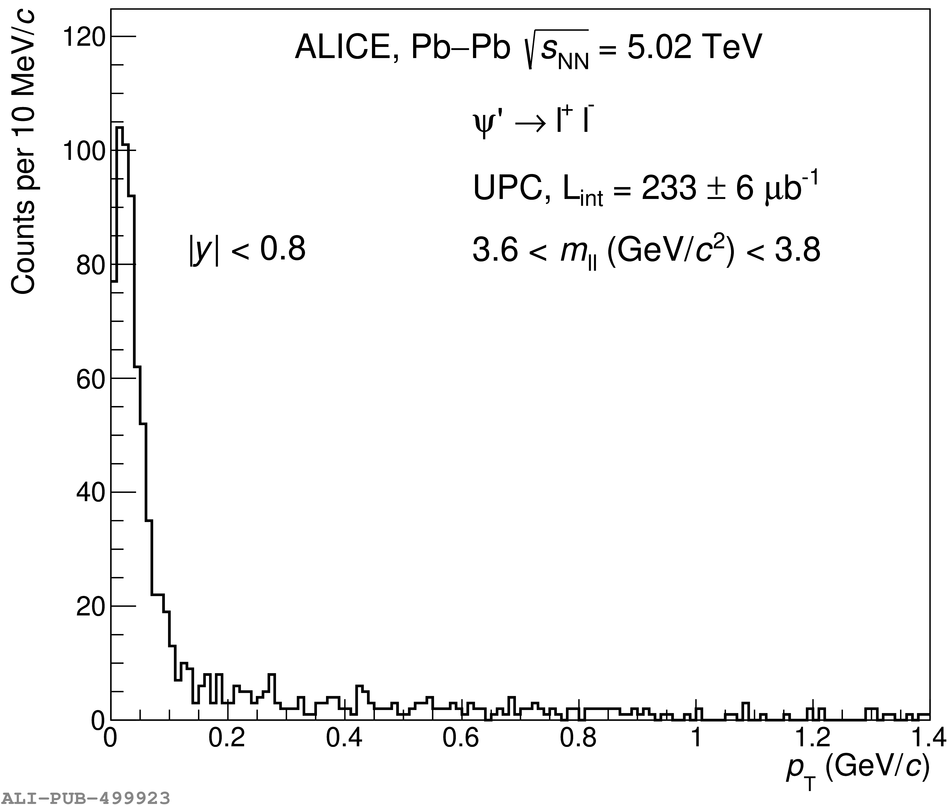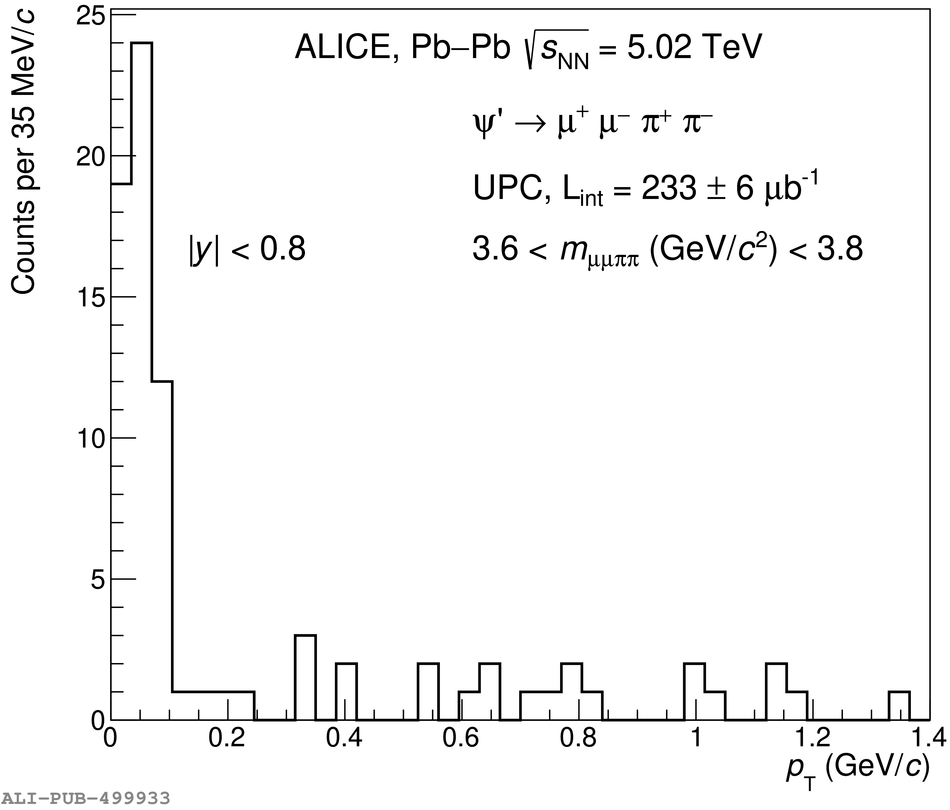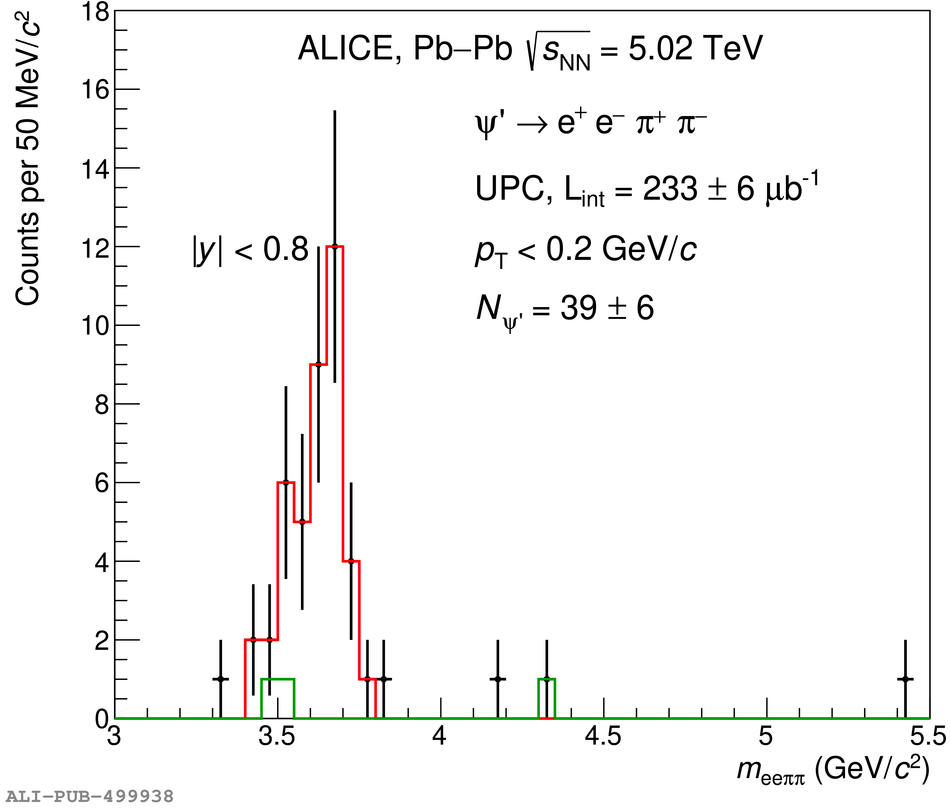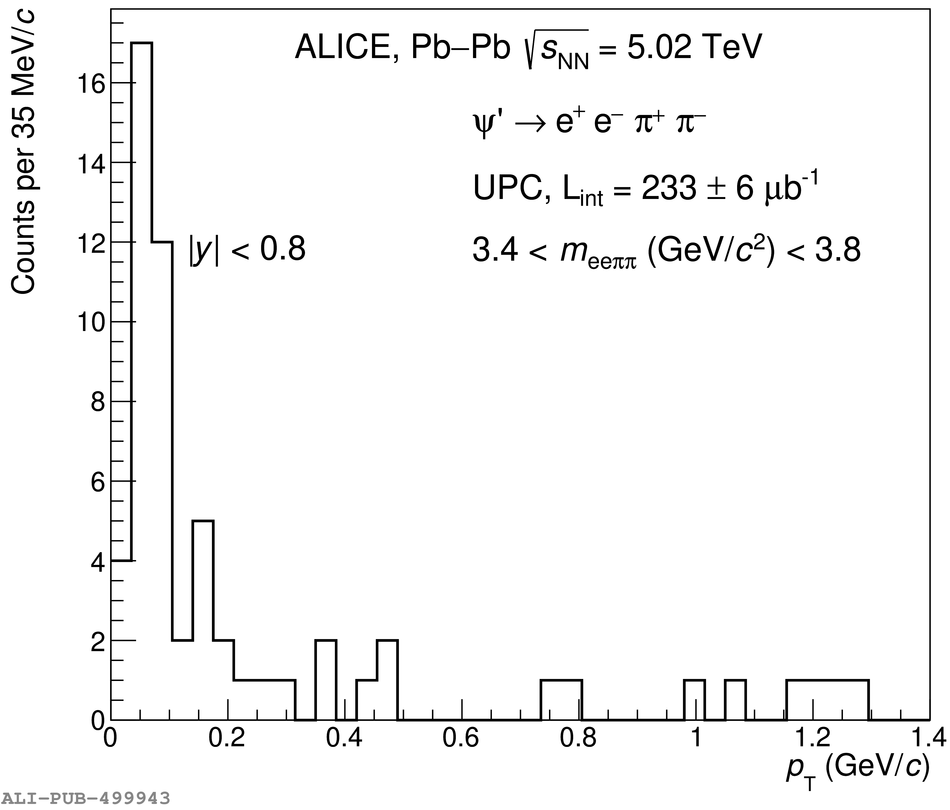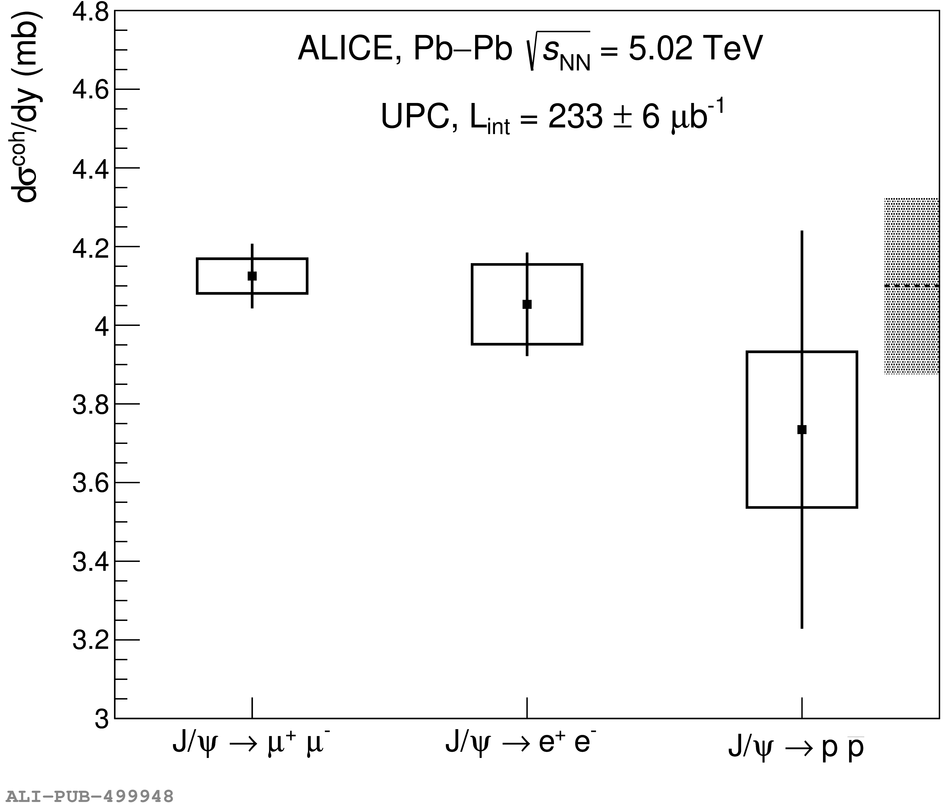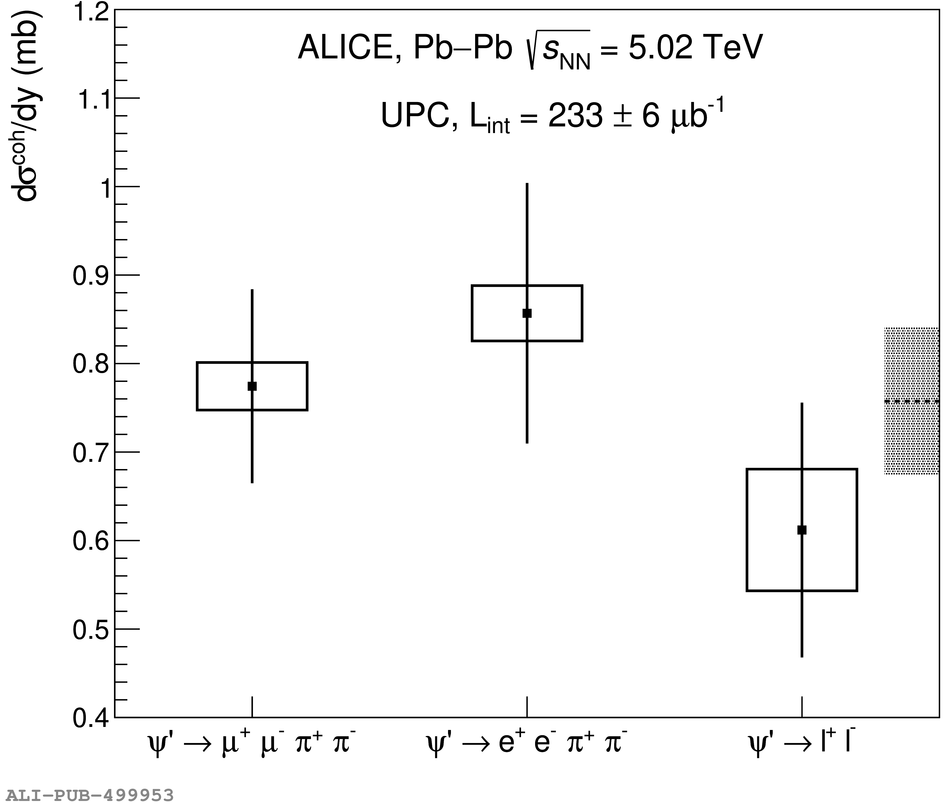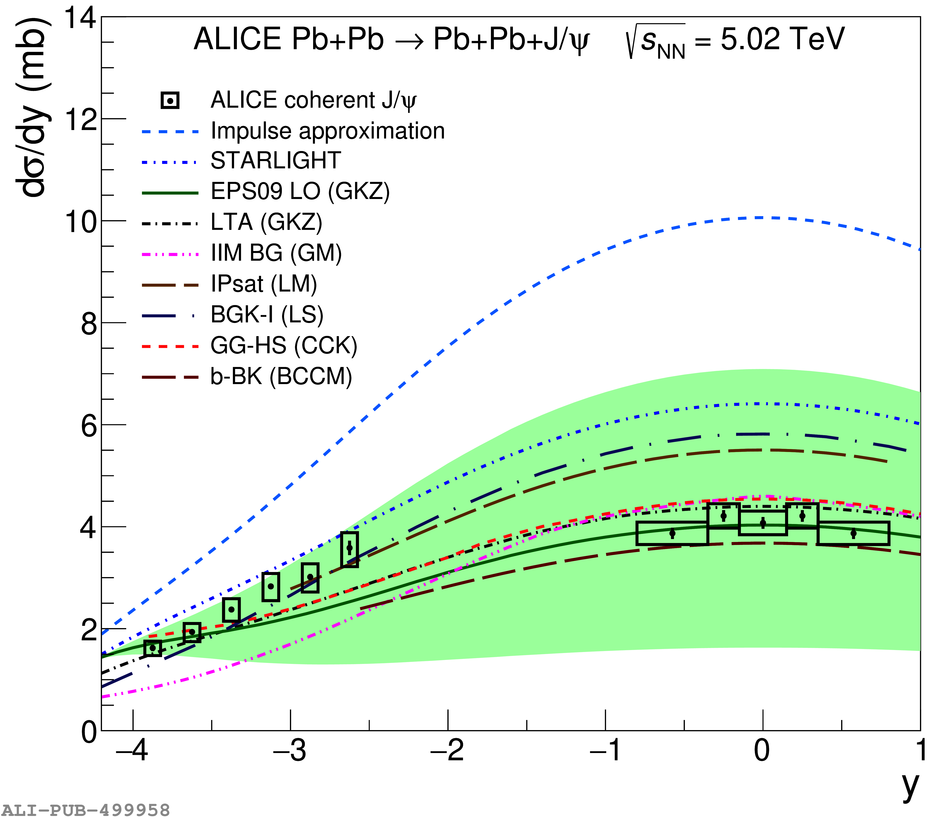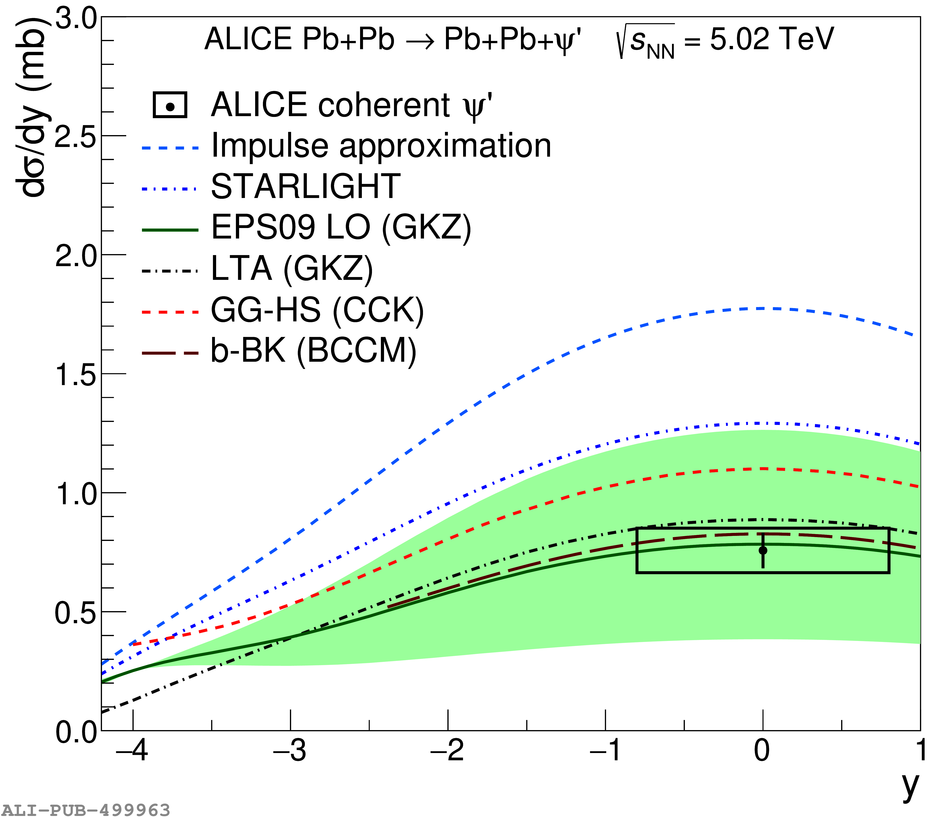The coherent photoproduction of $\rm{J/\psi}$ and $\rm{\psi'}$ mesons was measured in ultra-peripheral Pb-Pb collisions at a center-of-mass energy $\sqrt{s_{\mathrm{NN}}}~=~5.02$ TeV with the ALICE detector. Charmonia are detected in the central rapidity region for events where the hadronic interactions are strongly suppressed. The $\rm{J/\psi}$ is reconstructed using the dilepton ($l^{+} l^{-}$) and proton-antiproton decay channels, while for the $\rm{\psi'}$, the dilepton and the $l^{+} l^{-} \pi^{+} \pi^{-}$ decay channels are studied. The analysis is based on an event sample corresponding to an integrated luminosity of about 233 ${\mu b}^{-1}$. The results are compared with theoretical models for coherent $\rm{J/\psi}$ and $\rm{\psi'}$ photoproduction. The coherent cross section is found to be in a good agreement with models incorporating moderate nuclear gluon shadowing of about 0.65 at a Bjorken-$x$ of around $6\times 10^{-4}$, such as the EPS09 parametrization, however none of the models is able to fully describe the rapidity dependence of the coherent $\rm{J/\psi}$ cross section including ALICE measurements at forward rapidity. The ratio of $\rm{\psi'}$ to $\rm{J/\psi}$ coherent photoproduction cross sections was also measured and found to be consistent with the one for photoproduction off protons.
Eur. Phys. J. C 81 (2021) 712
HEP Data
e-Print: arXiv:2101.04577 | PDF | inSPIRE
CERN-EP-2021-002
Figure group

